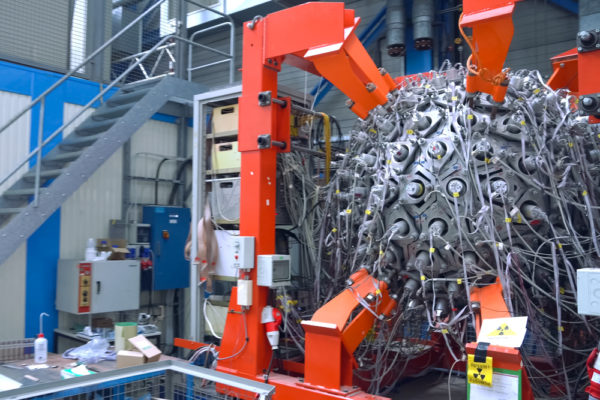
Supersymmetry is the idea that the fundamental particles of nature are connected through a deep relationship. This theory predicts the existence of brand-new particles in the world’s largest collider experiments.
But according to a recent report, there have been no signs of supersymmetry, and the theory is looking a little shaky.
The subatomic universe is composed of two fundamental kinds of particles, called the fermions (in honor of Enrico Fermi) and bosons (named for Satyendra Nath Bose). In essence, fermions are the building blocks of the natural world: the quarks, the electrons, the neutrinos. If you zoomed into your own cells and molecules and atoms, you would find a bunch of fermions buzzing around, doing their thing.
In contrast, the bosons are the carriers of the fundamental forces of nature. The electromagnetic force is carried by the photon, a type of boson. The weak nuclear force has a trio of bosons to carry it around, and eight different bosons conspire to make the strong nuclear force happen. Gravity has a hypothetical boson associated with it, called the graviton, but we don’t have an understanding of that particle yet.


